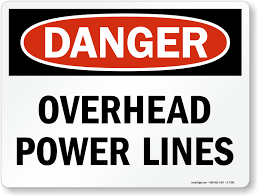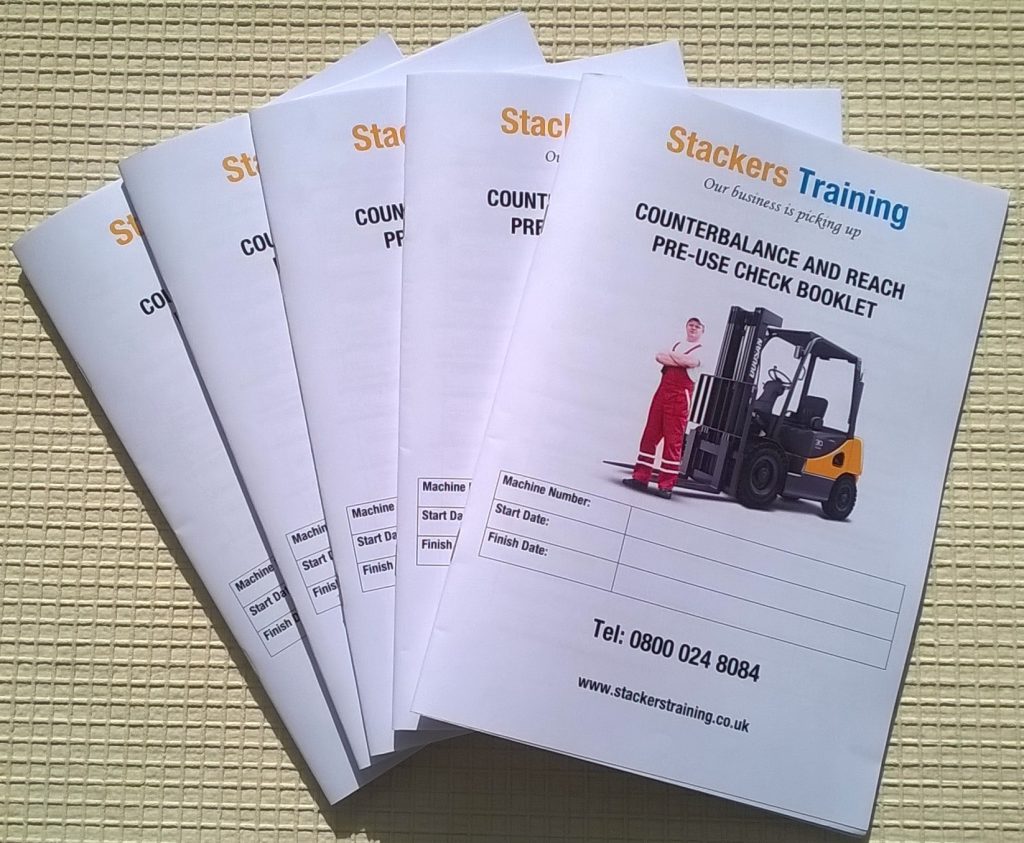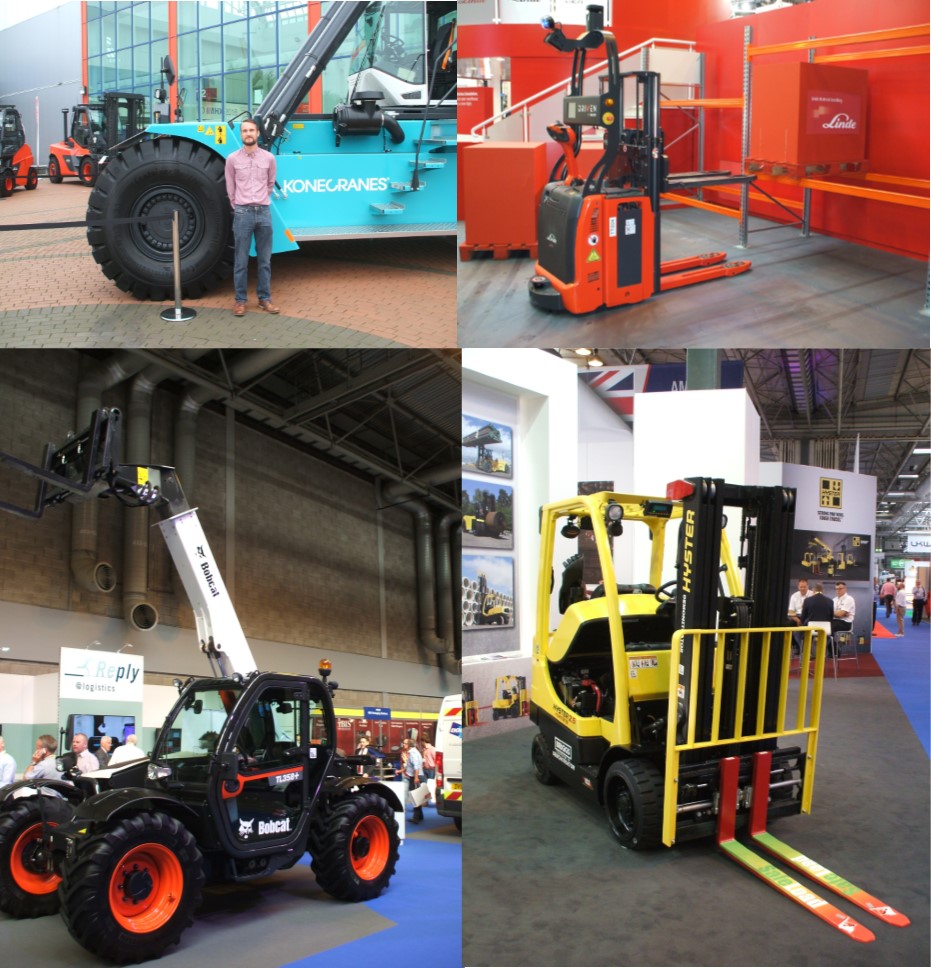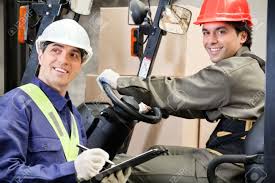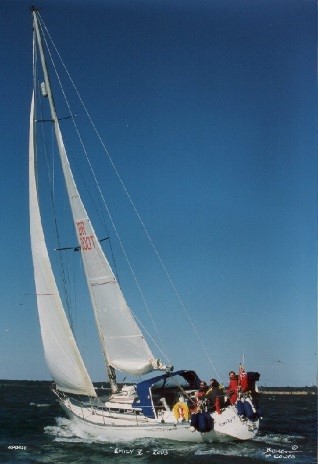A construction company has been fined £10,000 after a worker suffered serious injuries when the forklift truck he was working on overturned, throwing him to the floor.
The company had carried out a risk assessment and method statement prior to the job commencing and had concluded that the work should be carried out by using a forklift truck and an attached man-riding cage.
The HSE’s findings were that the incident could have been avoided with the provision of more suitable equipment such as a cherry picker type Mobile Elevating Work Platform (MEWP).
It is important to make sure you are using the correct equipment for the job. If in doubt, we are happy to offer advice so please call us on 0800 024 8084. As well as providing training on forklift trucks we can also provide training on MEWPs.
For the full story click on the link below.
https://www.rtitb.co.uk/news/construction-company-fined-following-serious-forklift-fall

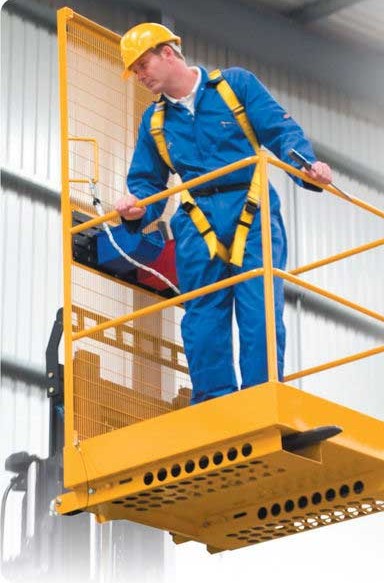
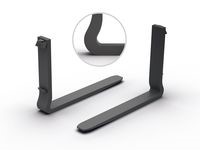
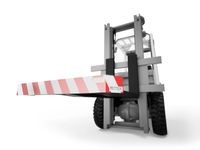
![th[10]](https://stackerstraining.co.uk/wp-content/uploads/2016/11/th10.jpg)
![KH9OHAKRFF_Link_51_Banner_Image_4__3_[1]](https://stackerstraining.co.uk/wp-content/uploads/2016/10/KH9OHAKRFF_Link_51_Banner_Image_4__3_1.jpg)
